HIDE CAPTION
- Chaos theory
- Fendi's autumn/winter 2013 collection drew on the punk aesthetic with the models sporting severe Mohawk hairstyles that recalled the original movement's anarchic attitude. (Corbis)
Is it an attitude or a look that defines punk? And when luxury fashion brands use studs and safety pins to be edgy, are they missing the point? Maya Singer deconstructs the chaos in couture.
Talk about punk, and you’re liable to start an argument. It’s been forty-odd years since Legs McNeil plastered downtown New York City with posters reading, “Watch Out! Punk is coming!”, and still, the history and the meaning of punk remains bitterly contested. Was punk a musical phenomenon? An attitude? A Situationist riposte to the all-encompassing grimness of 1970s Britain? Did Malcolm McLaren invent punk? Did The Ramones? If a squatter in present-day south London covers a beat-up jacket with studs, that’s punk, right? But what if Karl Lagerfeld puts studs on a $5,000 Chanel jacket? Is that punk, too?
These questions, and others, are raised by the opening of Punk: From Chaos to Couture, the new show at the Costume Institute of the Metropolitan Museum of Art in New York. The exhibition is one of the highlights of the Met’s year. According to Andrew Bolton, the curator who conceived the show, the museum is anticipating attendance on par with its blockbuster Alexander McQueen exhibition two years ago. And the influence of From Chaos to Couture has already been seen on the runway, with mohawks at the Fall ’13 Fendi show, tartan everywhere from Versace to Junya Watanabe, and biker jackets pretty much ubiquitous. Bolton and his team have made the weather, fashion-wise.
But does the punk aesthetic still have force? That was the question that kept recurring to me, as all those punk-inspired looks made their way down the catwalk. I posed the question to Bolton: Does a studded jacket mean anything, in this day and age?
“I think it depends on how you define punk,” Bolton says. “If you define punk as a political phenomenon that emerged at a particular moment in England, then of course, it’s lost that meaning,” he says “I doubt that anyone looks at a studded jacket now, and thinks of garbage strikes,” he adds, referring to the wave of industrial action in 1970s Britain that left rotting rubbish to pile up in the streets.
As for Bolton, he defines ‘punk’ in terms of how it looks. From Chaos to Couture catalogues the key formal elements of punk, and documents their influence on high-end fashion. That’s all. The show is agnostic on its larger meaning. As a breakdown of those formal elements ¾ the DIY and the destruction, the use of found materials and hardware such as safety pins and studs ¾ the show is rigorous and interesting. But it’s not very helpful if you’re wondering whether a studded jacket can still be considered subversive. Or if you suspect that subversion is the essential thing about punk, aesthetics be damned.
Anarchy in the UK
If, as Bolton says, we all have to define punk for ourselves, then here goes. With all due respect to the legends mooching around New York club CBGBs in the early seventies, I’m going to define punk British-ly, because it was in Britain, and particularly in and around Vivienne Westwood and Malcolm McLaren’s shop Sex on the King’s Road in London, that punk obtained coherence as a confrontational stance against the mainstream. Punk music, punk fashion, and punk politics spoke with one voice. It was a bottle smashed in the face of convention, and what’s remarkable is how much of the early punk fashion still has the capacity to provoke.
“Look at that T-shirt Malcolm and Viv made, of the two cowboys,” notes the British jeweller Tom Binns. In Malcolm McLaren and Vivienne Westwood’s famous image, the cowboys are naked from the waist down, save for their boots. “Imagine, today, you’re walking down the street and you see someone in that shirt. You’d still be shocked! They were really going for it back then.”

These questions, and others, are raised by the opening of Punk: From Chaos to Couture, the new show at the Costume Institute of the Metropolitan Museum of Art in New York. The exhibition is one of the highlights of the Met’s year. According to Andrew Bolton, the curator who conceived the show, the museum is anticipating attendance on par with its blockbuster Alexander McQueen exhibition two years ago. And the influence of From Chaos to Couture has already been seen on the runway, with mohawks at the Fall ’13 Fendi show, tartan everywhere from Versace to Junya Watanabe, and biker jackets pretty much ubiquitous. Bolton and his team have made the weather, fashion-wise.
But does the punk aesthetic still have force? That was the question that kept recurring to me, as all those punk-inspired looks made their way down the catwalk. I posed the question to Bolton: Does a studded jacket mean anything, in this day and age?
“I think it depends on how you define punk,” Bolton says. “If you define punk as a political phenomenon that emerged at a particular moment in England, then of course, it’s lost that meaning,” he says “I doubt that anyone looks at a studded jacket now, and thinks of garbage strikes,” he adds, referring to the wave of industrial action in 1970s Britain that left rotting rubbish to pile up in the streets.
As for Bolton, he defines ‘punk’ in terms of how it looks. From Chaos to Couture catalogues the key formal elements of punk, and documents their influence on high-end fashion. That’s all. The show is agnostic on its larger meaning. As a breakdown of those formal elements ¾ the DIY and the destruction, the use of found materials and hardware such as safety pins and studs ¾ the show is rigorous and interesting. But it’s not very helpful if you’re wondering whether a studded jacket can still be considered subversive. Or if you suspect that subversion is the essential thing about punk, aesthetics be damned.
Anarchy in the UK
If, as Bolton says, we all have to define punk for ourselves, then here goes. With all due respect to the legends mooching around New York club CBGBs in the early seventies, I’m going to define punk British-ly, because it was in Britain, and particularly in and around Vivienne Westwood and Malcolm McLaren’s shop Sex on the King’s Road in London, that punk obtained coherence as a confrontational stance against the mainstream. Punk music, punk fashion, and punk politics spoke with one voice. It was a bottle smashed in the face of convention, and what’s remarkable is how much of the early punk fashion still has the capacity to provoke.
“Look at that T-shirt Malcolm and Viv made, of the two cowboys,” notes the British jeweller Tom Binns. In Malcolm McLaren and Vivienne Westwood’s famous image, the cowboys are naked from the waist down, save for their boots. “Imagine, today, you’re walking down the street and you see someone in that shirt. You’d still be shocked! They were really going for it back then.”

Staying Up Late at the Met

Erin Baiano for The New York Times
Gwyneth Paltrow and Valentino. More Photos »
By ERIC WILSON
Published: May

Multimedia
A one-stop destination for Times fashion coverage and the latest from the runways.
The 800 or so guests, quite of a few of whom had taken the theme of the spring exhibition, “Punk: Chaos to Couture,” to heart on Monday night, tromped in ball gowns and combat boots and heavy black eyeliner and safety-pin dresses and spiked hair and shredded fishnets into the Temple of Dendur for the evening’s entertainment, which included back-to-back mini-concerts by Debbie Harry and Kanye West.
Never mind that their riche-punk outfits were being viciously trashed on the blogs at that very moment. It turned out to be the best Met party in years, partly because the dress code and the usual politics had been relaxed. Someone must have gotten the message that those deep-pocketed bankers and business luminaries who actually pay for the $25,000 tickets really do want to stay out past Cinderella’s usual curfew.
So Ms. Harry was onstage in a pink and blond wig belting out “Call Me” and “Heart of Glass,” and Miley Cyrus, in a slinky fishnet Marc Jacobs dress that gave the illusion of wearing nothing underneath, was rocking out next to the drum stand. Jennifer Lawrence, watching from the sidelines under her prim little Dior veil, was talking to Jimmy Fallon and gesturing toward Jennifer Lopez, who looked like an exotic jungle cat in skintight Michael Kors as she couch-danced with the designer.
In another corner, Miuccia Prada and Baz Luhrmann had settled into a graffiti-covered banquette and ate chocolate-covered strawberries, while trays of Jell-O shots were being passed by the waiters. Madonna, in a Givenchy studded tartan jacket, shredded fishnets and Uma Thurman-in-“Pulp Fiction” black hair, sat with her legs spread wide, while Solange Knowles danced in a circle with Carol Lim and Humberto Leon.
Here was Olivier Rousteing, the Balmain designer, who said, “Last year was fun, but this is so much more about my generation.”
And there was Taylor Swift, who said, “I got to play around with a side of my look that I don’t usually go for,” which meant that she was a little less country, a little more frock and roll in her black J. Mendel with a heavy dose of sparkle effects and eye shadow.
And who could help but follow around the adorable “Glee” set, like Darren Criss, in a tartan Richard Chai tux, who said: “What did I do to get ready for punk? Or prom? Because it feels like prom in here.”
And then Matthew Morrison, his co-star, said he did not think we would be seeing a punk-themed episode of the show any time soon. But then came along Ryan Murphy, the show’s creator, who said, “Absolutely, 100 percent, you can bet your bottom dollar.” Can you imagine the kids singing “I Wanna Be Sedated”?
And elsewhere were Vera Wang and Kerry Washington, who pointed out the color streaks in each other’s hair, but it was hard to notice anything besides Ms. Wang’s nearly invisible dress.
“It’s a little breezy,” Ms. Wang said. “You’re not wrong.”
“She’ll be hot in other ways,” Ms. Washington said.
Don’t take this as approval, but you can tell it’s a wild party when people who normally sneak away to smoke in the bathrooms are now smoking openly inside the galleries, even though Mayor Michael R. Bloomberg was there (or at least he had been earlier). And the security guards were too focused on Mr. West’s performance, which began with a video montage of snarling and snapping attack dogs, to intervene.
Little puffs rose here and there above the crowd, where your faithful correspondent, getting into the spirit, had worn a punk brooch in the shape of burned ciggie made of papier-mâché, which had caught the attention, moments earlier, of Ms. Cyrus.
“I wish it was real,” she said.
After midnight, once the Met turned out the lights, nearly the entire scene was recreated over several more hours at the Top of the Standard, where Lauren Santo Domingo and Riccardo Tisci were having the “after-after-party,” with the addition of some non-Met guests like Leonardo DiCaprio, incognito in a plaid shirt, and Chris Brown. Madonna took off her jacket, basically down to fishnets and a bodysuit at this point, while Tiger Woods and Lindsey Vonn, the couple of the moment, evidently did think they were at a prom, slow-dancing to fast music.
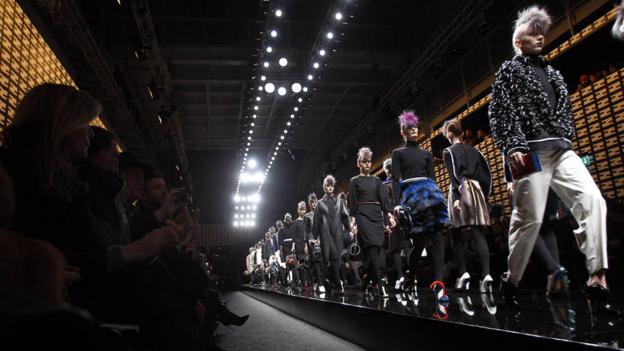
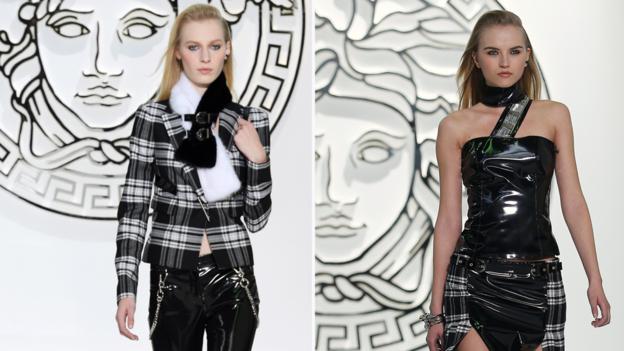
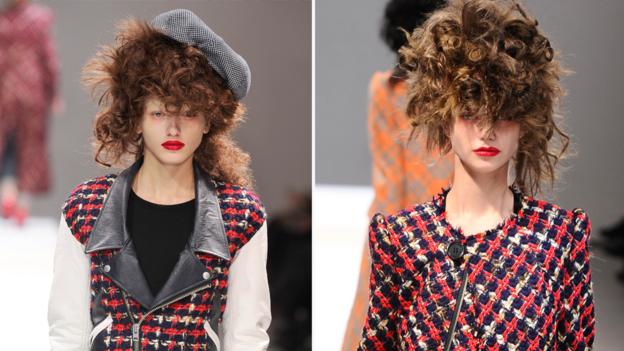
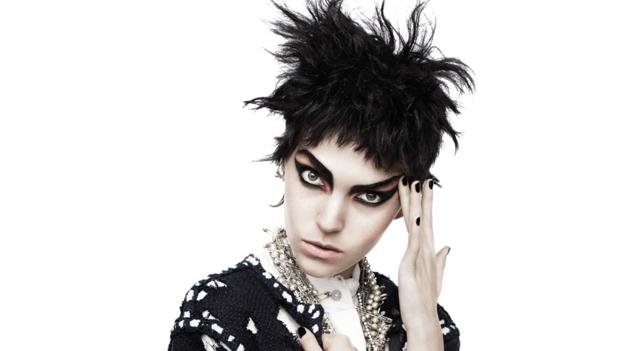
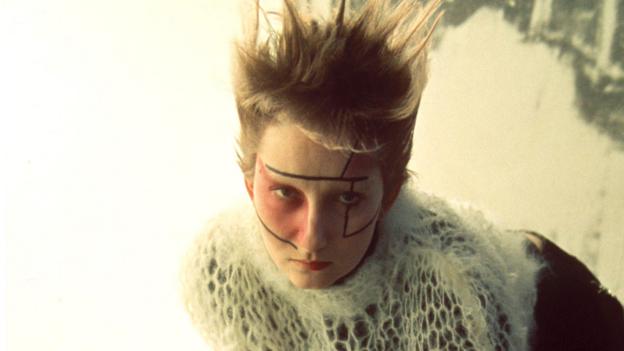
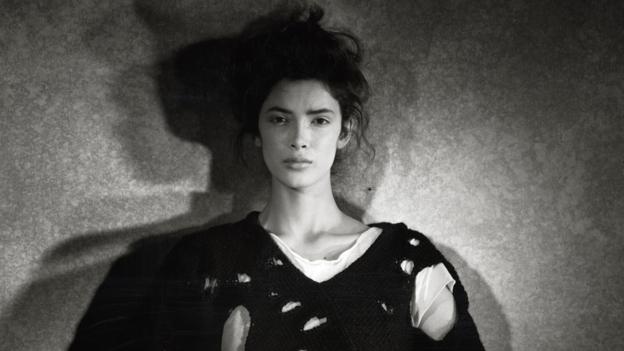
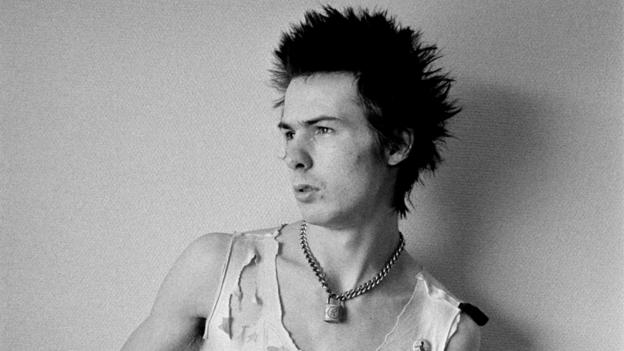
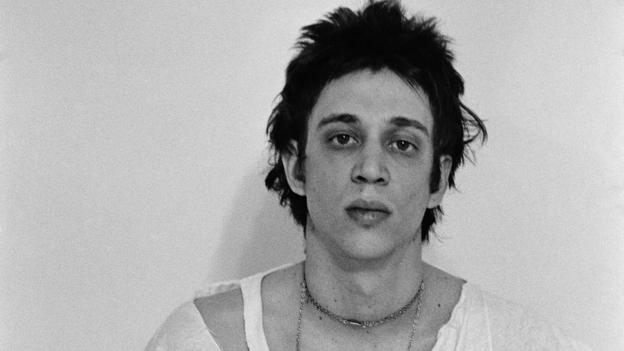



























No comments:
Post a Comment